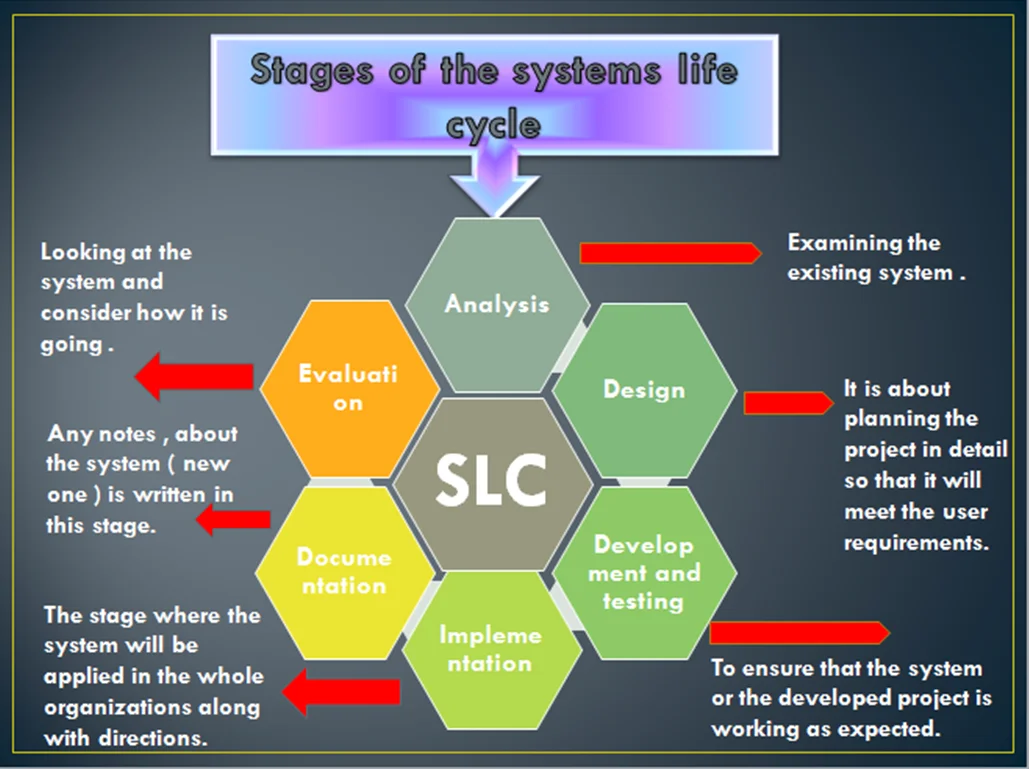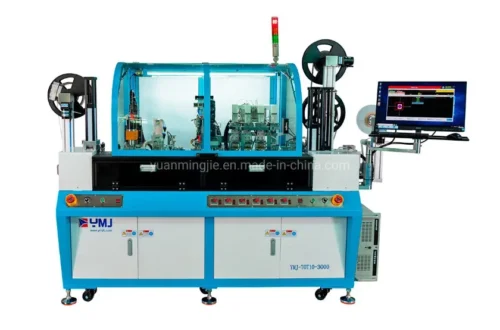What are The 5 Key Stages of Resilience Lifecycle Framework? The Resilience Lifecycle Framework is a structured, iterative model that helps organizations, systems, and individuals prepare for, respond to, recover from, and grow after disruptions. It’s not just about surviving failures—it’s about building capacity so that when disruptions occur, the damage is minimized, recovery is faster, and lessons learned feed back into future readiness.
AWS, Cordless.io, and other resilience thought-leaders define this framework in varying but overlapping ways. For example, AWS describes five key stages in their Resilience Lifecycle Framework: Set Objectives, Design & Implement, Evaluate & Test, Operate, and Respond & Learn.
Understanding this lifecycle matters because disruption is inevitable—whether from natural disasters, cyber-attacks, supply chain breakdowns, or personal crisis. Resilience frameworks provide a roadmap so disruptions are less damaging, responses are effective, and systems emerge stronger.
Stage 1: Set Objectives (Anticipate & Prepare)
The first stage is about anticipation—defining what resilience means in concrete terms, clarifying the threats, and preparing in advance.
Key Elements
- Risk Identification: mapping out internal and external risks, vulnerabilities, dependencies. What can go wrong? What has gone wrong in the past?
- Setting Metrics & Priorities: defining Recovery Time Objectives (RTOs), Recovery Point Objectives (RPOs), acceptable levels of downtime, acceptable data loss, etc. Which systems or functions are critical?
- Stakeholder Alignment & Communication: ensuring leadership, technical, and business units agree on what “enough resilience” looks like. Shared understanding is essential.
Why This Stage Is Critical
Without clear objectives, efforts in later stages may waste resources or fail to cover what matters most. If you don’t know which systems or outcomes are mission-critical, you might defend less important parts at the cost of vital ones. Also, anticipation and preparation reduce shock when disruptions hit. Hardened systems and plans reduce uncertainty and speed up response.
Stage 2: Design & Implement (Prevent & Build Resilience)
Once objectives are clear, the second stage is about putting in place the structures, processes, and defenses that embody resilience.
Key Actions
- Architectural design that avoids single points of failure: redundancy, fault tolerance, backup systems, geographic dispersion.
- Preventive controls & safeguards: for example, using strong cybersecurity protections, security policies, training, regular maintenance, health or operational checks.
- Operational playbooks / runbooks: documenting what to do in case of specific failures. Plans for failover, escalation, communication.
Implementation Challenges
- There are always trade-offs (cost, complexity, performance). More redundancy or backups means more cost and possible overhead. Finding the balance is important. AWS notes these trade-offs explicitly.
- Ensuring the implementation is not just theoretical: the safeguards must be properly deployed, tested, and maintained as systems evolve.
Stage 3: Evaluate & Test (Validate & Stress-Test)
After designing and implementing resilience mechanisms, these must be validated. This stage is about testing whether the systems behave as expected under stress or failure conditions.
What Happens Here
- Simulations, drills, scenario testing: introduce failures in controlled environments (e.g. a server crash, network failure, outage simulation, etc.) to check how systems respond.
- Chaos engineering or fault injection: deliberately triggering faults or disruptions to observe system behaviour and expose weaknesses.
- Monitoring & observability: gathering metrics, logs, tracing, alerting to detect failures or anomalies and measure system performance under load or failure conditions.
Why It Matters
Without evaluation and testing, resilience features may fail when you need them most. Tests reveal flaws, gaps, and assumptions that might not hold true in real events. This stage provides feedback to feed into improvements. The resilience lifecycle is cyclical: what we learn here helps improve Setting Objectives and the design/implementation in the next cycle.
Stage 4: Operate (Maintain & Monitor in Continuity)
This stage involves daily operation of resilient systems—keeping them running, maintaining situational awareness, and ensuring that resilience isn’t just theoretical but embedded.
Core Components
- Continuous monitoring: watching system health, performance, error rates, capacity usage, and early warning metrics.
- Drift detection & maintenance: systems tend to diverge from their design over time (configuration drift, vulnerabilities, patch lag). Regular audits, updates, and maintenance ensure defenses remain effective.
- Incident detection & alerting: being alert to anomalies early so you can respond before large-scale damage.
Embedding Resilience in Operations
Resilience should not be shelved until disaster hits. Operating with resilience means anticipating issues in daily work: ensuring backups are valid, disaster recovery plans are tested, support and roles are understood, teams can act when required. This keeps systems robust and builds institutional muscle.
Stage 5: Respond & Learn (React, Recover & Improve)
This final stage is about handling disruption when it happens, learning from the event, and evolving to better resilience in the next cycle.
Response: What Happens During a Disruption
- Quick activation of incident response: communication, containment, mobilization of resources, executing playbooks.
- Recovery efforts: restoring critical services, recovering data, repairing damage. Minimizing downtime and losses.
Learning & Adaptation
- Post-incident analysis or post-mortem: what caused the issue, what worked, what didn’t.
- Feeding back lessons: updating policies, improving design, refining monitoring or detection, adjusting objectives if needed.
- Culture of improvement: embedding continuous learning, avoiding blame, encouraging transparency and corrective action.
Why Respond & Learn Is the Keystone
Without this final stage, resilience risks being superficial. Systems may recover, but the same or similar failures may repeat. By combining response with reflection and adaptation, you close the loop—making future resilience stronger. The framework becomes not a one-time effort but a continuous process.
Bringing It All Together: The Lifecycle Nature & Practical Tips
A few observations and recommendations for applying the Resilience Lifecycle Framework well:
- Cyclical process: The five stages don’t happen once; after responding and learning, you loop back to setting objectives and preparing again because threats evolve. AWS explicitly frames it as a continuous improvement loop.
- Context matters: The details in each stage differ by domain—IT systems will focus on redundancy, failover, metrics; communities or personal resilience might emphasize social networks, emotional well-being, adaptive behaviors.
Practical Tips for Implementation
- Start small: Pilot the lifecycle framework in one business unit, or one system, rather than rolling out across everything at once.
- Define measurable goals: RTO, RPO, acceptable risk levels, performance under stress.
- Regular testing: schedule drills, chaos-engineering, or simulations periodically so you don’t assume everything works until a real incident.
- Ensure stakeholder buy-in: leadership, operations, security, business owners must understand and support resilience efforts (they’re often cross-cutting).
- Document & share learnings: create a knowledge base of incidents, responses, and improvements so the organization doesn’t forget.
Conclusion
The Resilience Lifecycle Framework (or Resilience Lifecycle) defines five key stages:
- Set Objectives (Anticipate & Prepare)
- Design & Implement (Prevent / Build Resilience)
- Evaluate & Test (Validate and Stress-Test)
- Operate (Maintain & Monitor)
- Respond & Learn (React, Recover, Evolve)
These stages help ensure that resilience is not reactive or ad hoc but proactive, embedded, measurable, and evolving. Organizations and individuals that follow these stages are better positioned to withstand shocks, recover more quickly, and emerge stronger.





